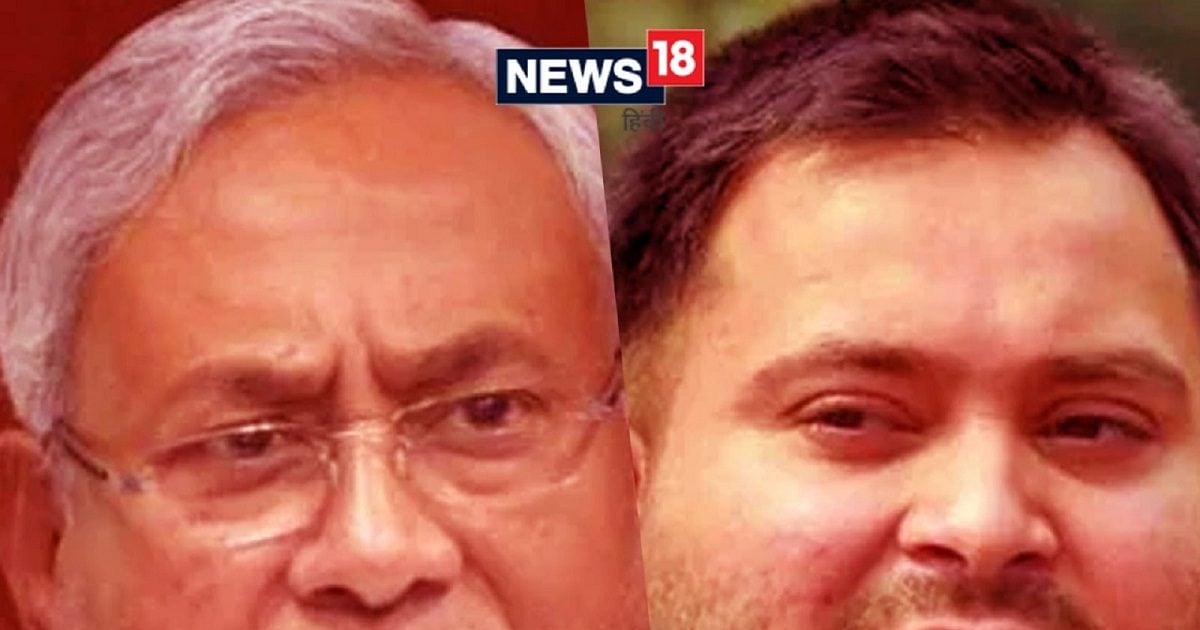NEW DELHI: Congress leader V D Satheesan on Wednesday criticized Kerala chief minister Pinarayi Vijayan‘s statement on Sanatana Dharma, saying it attempted to associate the concept exclusively with the Sangh Parivar.
Satheesan said Sanatana Dharma is a part of cultural heritage, including Advaita philosophy, the teachings of the Vedas, and the Upanishads. “Claiming that all of this belongs to the Sangh Parivar is misleading,” Satheesan told reporters after an event at the Sivagiri pilgrimage.
Attending a Sivagiri pilgrimage conference, Vijayan had warned against efforts to portray Sree Narayana Guru, who advocated “one caste, one religion, and one God,” as a supporter of Sanatana Dharma. Vijayan described Sanatana Dharma as varnashrama dharma, a caste-based system that Guru opposed.
Satheesan compared Vijayan’s remarks to suggesting that all who visit temples, wear saffron, or use sandalwood paste belong to the RSS. “Handing over Sanatana Dharma and its legacy to the Sangh Parivar is incorrect. What the chief minister said is wrong,” Satheesan said. He added that Hinduism, like other religions, has faced misuse by priesthoods and monarchies but said dismissing Sanatana Dharma or associating it solely with the Sangh Parivar is inaccurate.
“We do not support the varna-ashrama or chaturvarnya system. Even Sree Narayana Guru has explained the essence of Sanatana Dharma in detail. It is not right to dismiss Sanatana Dharma entirely or claim that it exclusively belongs to the Sangh Parivar,” Satheesan said.
Satheesan argued that Sanatana Dharma is not communal and that it has been misinterpreted and misrepresented by the Chief Minister. “His portrayal is inaccurate. In the past, people used to talk about ‘saffronisation,’ which was also misunderstood and misused. Driving all Hindus into the RSS fold through such narratives is not the right approach. This is not what should be done,” he said.
Kerala Pradesh Congress Committee (KPCC) chief K Sudhakaran also responded, alleging an attempt to “hijack” Sree Narayana Guru’s ideals and legacy. “There is an effort to confine Sree Narayana Guru, who proclaimed ‘One Caste, One Religion, One God,’ within the frameworks of chaturvarnya and varna-ashrama under the guise of Sanatana Dharma,” he said, adding that the Guru’s teachings cannot be surrendered to such narratives.
“Guru was never a propagator or practitioner of Sanatan Dharma. Instead, he was someone who tried to reconstruct Sanatan Dharma for the new age,” Vijayan had said, adding, “Guru was someone who stood against casteism. His new age dharma was not something defined by religion but rooted in the betterment of people, irrespective of their religion. Tying (him) within the framework of Sanatan Dharma would be a sin against Guru.”
Who was Sree Narayana Guru?
Widely respected in Kerala for combining spiritual teachings with social reform, Sree Narayana Guru’s philosophy, originating in the early 20th century, is rooted in Advaita Vedanta. This doctrine emphasizes “non-duality,” asserting that the “ultimate reality” or “Brahman” is singular and indivisible, and that the “individual self” or “Atman” is unified with this universal essence.
Guru’s transformative message, “One Caste, One Religion, One God for Man,” challenged societal norms and promoted the opening of consecrated temples to people of all castes.




